Overall it was a very interesting walk and it went through a variety of beautiful terrains. There is a number of beautiful lakes, bogs/swamps, meadows and forest areas on the path. The walk also goes through three nature reserves: Ånnaboda (which was especially beautiful), Dunderklintarna and Klunkhytteskans and it even goes through the Garphyttan national park (which is one of the oldest national parks in Sweden). I was lucky and saw 4 squirrels but I wasn't as lucky when it came to photographing them. It is a pretty wild region in general and with some luck I could have come across a wolf or a lynx for instance (alas I was not that lucky). In general it can also be noted that most of the trail went on footpaths and the rest went on gravel roads. Finally, the weather was nice, it was sunny for the most part and quite warm. Well, I know it's a relatively short description but the photos below will give a much better idea about the various parts of the walk. Enjoy!
1.
Södra Ånnabosjön
2.
Black-headed gull (skrattmås). I like how its' eyes look like buttons.
3.
4.
View of Falkasjön. Increased the contrast slightly using the brightness-contrast tool.
5.
Falkasjön. Used the hue restorer plug-in to reduce the cyan-ish sky color.
Then I darkened the sky slightly using the levels tool. Finally for the non-sky parts I slightly increased the contrast using the brightness-contrast tool and slightly increased the sharpness using unsharp mask.
6.
Björkatjärnen. Sharpened the photo slightly using unsharp mask.
7.
"The dammed up lakes of Kilsbergen
Where brooks from the many lakes Kilsbergen cascade down the precipice to the east, you could in former days, with the help of a water wheel, harness the water and use its power to run smelting works and forges. In the smelting works, iron ore was mixed with limestone and charcoal. The result was pig iron, which was transposed by sledge during the winter down to Örebro, for further transport within Sweden and overseas.
In the Kilsbergskanten area, there are many place names that still today end in "-hyttan" (smelting works). Examples include Garphyttan, Lockhyttan, Blackstahyttan, Svenshyttan, Ymningshyttan, Älvhyttan, Klunkhyttan, Lekhyttan, Pershyttan, Vekhyttan, Skrekarhyttan and Ramshyttan.
The period of the year during which the smelting works could be in operation was determined by the availability of water. To prolong this period, and to be able to better manage the water, almost all the lakes have been dammed with help of dams and floodgates.
Most of the iron ore mines were small and many were only in use for a short time. Already by the end of the eighteenth century, most of the mines were closing. Most of the smelting works closed a century later - Ymningshyttan 1870, Klunkhyttan 1901 and Vekhyttan 1907. The last of Kilsbergen's smelting works was Pershyttan, which closed in 1953. The mine at Pershyttan was in operation for another 14 years.
Only one "smelting works" remains after at least 500 years of iron working. This is Garphytte bruk, which has changed owner many times and which manufactures valve springs for cars in the small village by the feet of Kilsbergen."
Where brooks from the many lakes Kilsbergen cascade down the precipice to the east, you could in former days, with the help of a water wheel, harness the water and use its power to run smelting works and forges. In the smelting works, iron ore was mixed with limestone and charcoal. The result was pig iron, which was transposed by sledge during the winter down to Örebro, for further transport within Sweden and overseas.
In the Kilsbergskanten area, there are many place names that still today end in "-hyttan" (smelting works). Examples include Garphyttan, Lockhyttan, Blackstahyttan, Svenshyttan, Ymningshyttan, Älvhyttan, Klunkhyttan, Lekhyttan, Pershyttan, Vekhyttan, Skrekarhyttan and Ramshyttan.
The period of the year during which the smelting works could be in operation was determined by the availability of water. To prolong this period, and to be able to better manage the water, almost all the lakes have been dammed with help of dams and floodgates.
Most of the iron ore mines were small and many were only in use for a short time. Already by the end of the eighteenth century, most of the mines were closing. Most of the smelting works closed a century later - Ymningshyttan 1870, Klunkhyttan 1901 and Vekhyttan 1907. The last of Kilsbergen's smelting works was Pershyttan, which closed in 1953. The mine at Pershyttan was in operation for another 14 years.
Only one "smelting works" remains after at least 500 years of iron working. This is Garphytte bruk, which has changed owner many times and which manufactures valve springs for cars in the small village by the feet of Kilsbergen."
8.
Darkened the photo slightly using the levels tool.
9.
Used the hue restorer plug-in to reduce the cyan-ish sky color. Also decreased the contrast slightly using the brightness-contrast tool. Finally I darkened the sky slightly using the levels tool.
10.
Suttarboda. Used the hue restorer plug-in to reduce the cyan-ish sky color.
Also rotated the photo slightly and cropped it.
11.
12.
Pretty sure parts of Örebro can be seen in this view. Rotated the photo slightly and cropped it. Also increased the contrast slightly using the brightness-contrast tool.
13.
This photo also probably shows parts of Örebro. Sharpened the photo slightly using unsharp mask and slightly increased the contrast using the brightness-contrast tool.
14.
Garphyttan National Park
"Garphyttan National Park was founded in 1909 and is one of Sweden's oldest national parks. At that time it was believed that the richness of the flora was best preserved without human influence. Only when the land became overgrown and the meadow plants declined was it understood that the flora was dependent on both the farmer's activities and grazing animals. The majority of the land used to belong to the farm of Östra gården, one of four farms in Svenshyttan where the farmers were also allowed to produce iron. The principal environment in the park comprises the grounds of the old farms and the remaining open cultivated land, which is still traditionally managed through annual mowing and haymaking. There are many plants and animals that are typical of old-fashioned meadow cultivation. The surrounding coniferous forests are now freely evolving into natural forest and are home to many rare plants and animals."
"Garphyttan National Park was founded in 1909 and is one of Sweden's oldest national parks. At that time it was believed that the richness of the flora was best preserved without human influence. Only when the land became overgrown and the meadow plants declined was it understood that the flora was dependent on both the farmer's activities and grazing animals. The majority of the land used to belong to the farm of Östra gården, one of four farms in Svenshyttan where the farmers were also allowed to produce iron. The principal environment in the park comprises the grounds of the old farms and the remaining open cultivated land, which is still traditionally managed through annual mowing and haymaking. There are many plants and animals that are typical of old-fashioned meadow cultivation. The surrounding coniferous forests are now freely evolving into natural forest and are home to many rare plants and animals."
15.
Garphyttan National Park. Rotated the photo slightly and cropped it. Also increased the contrast slightly using the brightness-contrast tool. Finally I sharpened the photo slightly using unsharp mask.
16.
Sharpened the photo slightly using unsharp mask.
17.
Used the hue restorer plug-in to get reduce the cyan-ish sky color. Also rotated the photo slightly and cropped it. Finally I darkened the photo slightly using the levels tool.
18.
Södra Murstensjärnen
19.
Rotated the photo slightly and cropped it. Also increased the contrast slightly using the brightness-contrast tool.
20.
21.
Used the hue restorer plug-in to reduce the cyan-ish sky color. Also darkened the sky slightly using the levels tool.
22.
Stora Tväggelåten. Sharpened the non-sky parts slightly using unsharp mask.
Also used the levels tool to increase the brightness and contrast for the non-sky parts.
23.
Rotated the photo slightly and cropped it. Also increased the contrast slightly using the brightness-contrast tool.
24.
Lilla Tväggelåten. Used the hue restorer plug-in to get rid of the cyan-ish sky color. Also darkened the sky using the levels tool. Furthermore I sharpened the photo slightly using unsharp mask. Finally I brightened the non-sky parts slightly using the curves tool.
25.
Klunkhytte skans (Klunkhytte sconce)
The remains of a hill fort from the iron age (500BC to 1050AD) lie on this hilltop. The place gives a good view of the terrain and the steep slopes gave the fort a natural protection at one side. On the other sides the fort was protected by semi-circular stone walls. Today the remains remains of these walls can be seen in the form of two stone embankments/banks. The longest and most the massive stone embankment is about 70 metres long.
Increased the contrast slightly using the brightness-contrast tool.
The remains of a hill fort from the iron age (500BC to 1050AD) lie on this hilltop. The place gives a good view of the terrain and the steep slopes gave the fort a natural protection at one side. On the other sides the fort was protected by semi-circular stone walls. Today the remains remains of these walls can be seen in the form of two stone embankments/banks. The longest and most the massive stone embankment is about 70 metres long.
Increased the contrast slightly using the brightness-contrast tool.
26.
27.
Masmästarstugan
In the low building covered by peat, idyllically located next to the dam, the person responsible for the management of the Klunkhyttan furnace (masmästaren) had his office. The cabin has been renovated and functions nowadays as a museum.
Used the hue restorer plug-in to remove the cyan-ish sky color. Also darkened the sky using the levels and curves tools. Finally I darkened the non-sky parts slightly using the levels tool.
In the low building covered by peat, idyllically located next to the dam, the person responsible for the management of the Klunkhyttan furnace (masmästaren) had his office. The cabin has been renovated and functions nowadays as a museum.
Used the hue restorer plug-in to remove the cyan-ish sky color. Also darkened the sky using the levels and curves tools. Finally I darkened the non-sky parts slightly using the levels tool.
28.
Leken. Rotated the photo slightly and cropped it. Also used the hue restorer plug-in to reduce the cyan-ish sky color. Finally I darkened the sky using the levels tool.
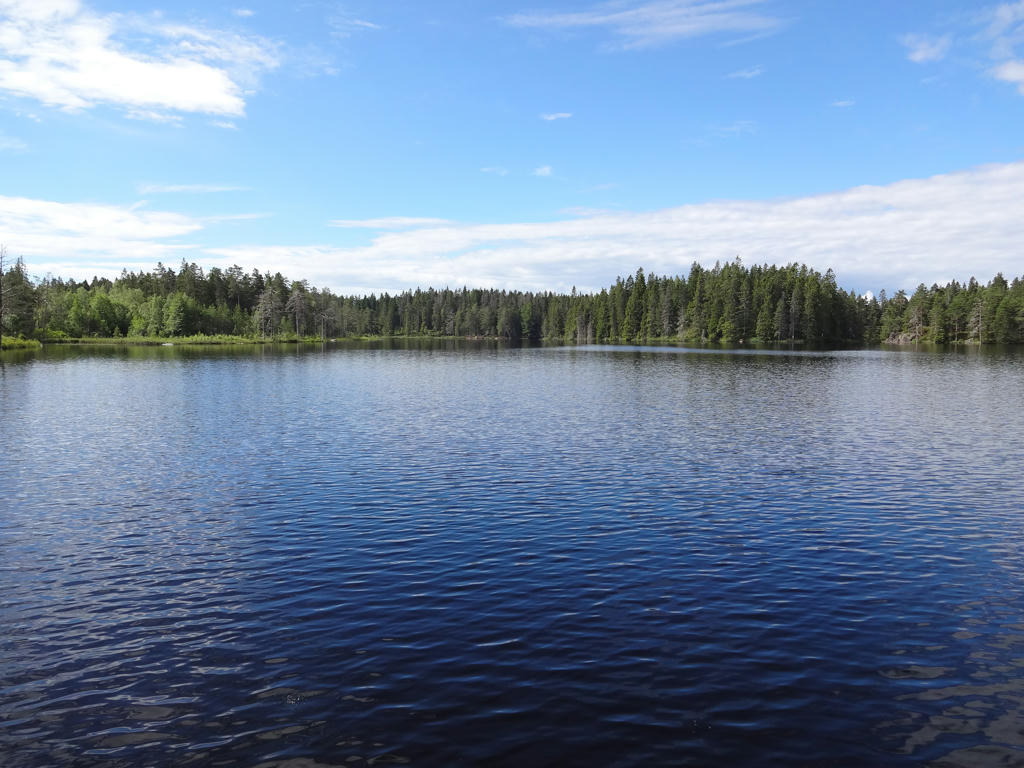
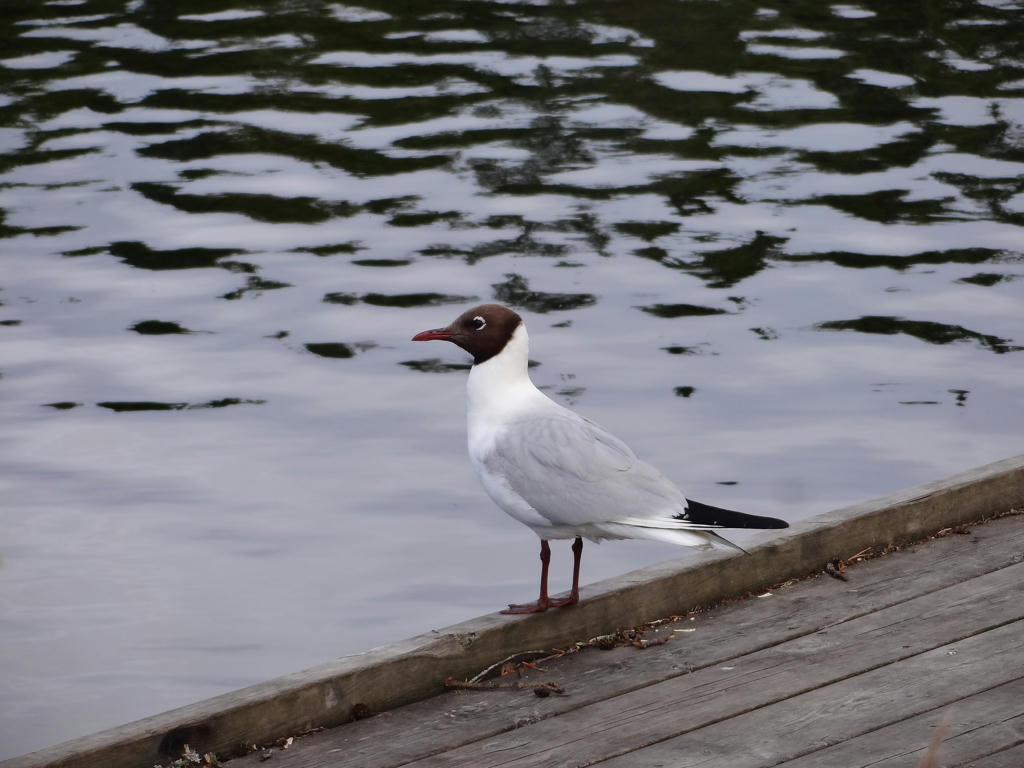
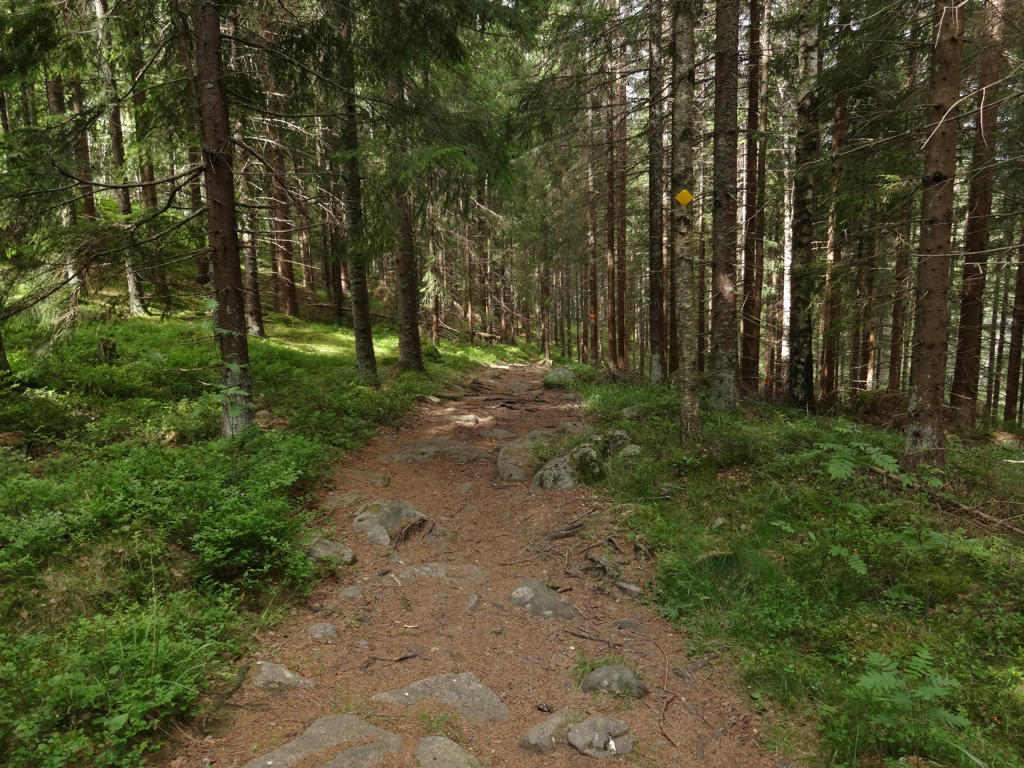

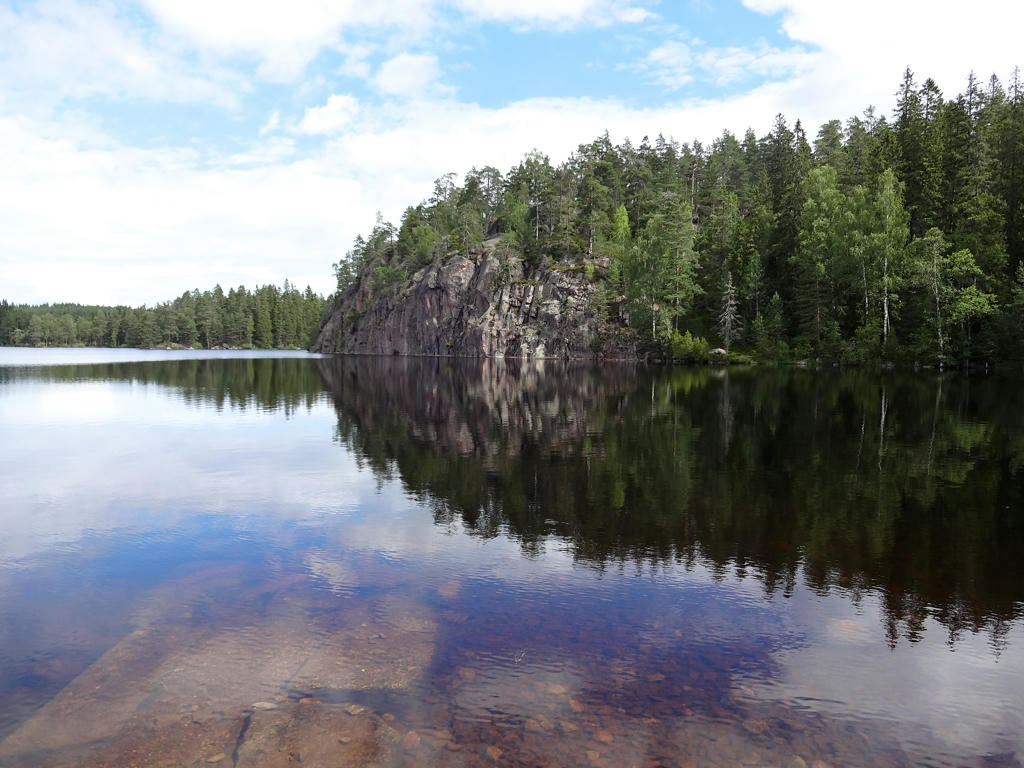
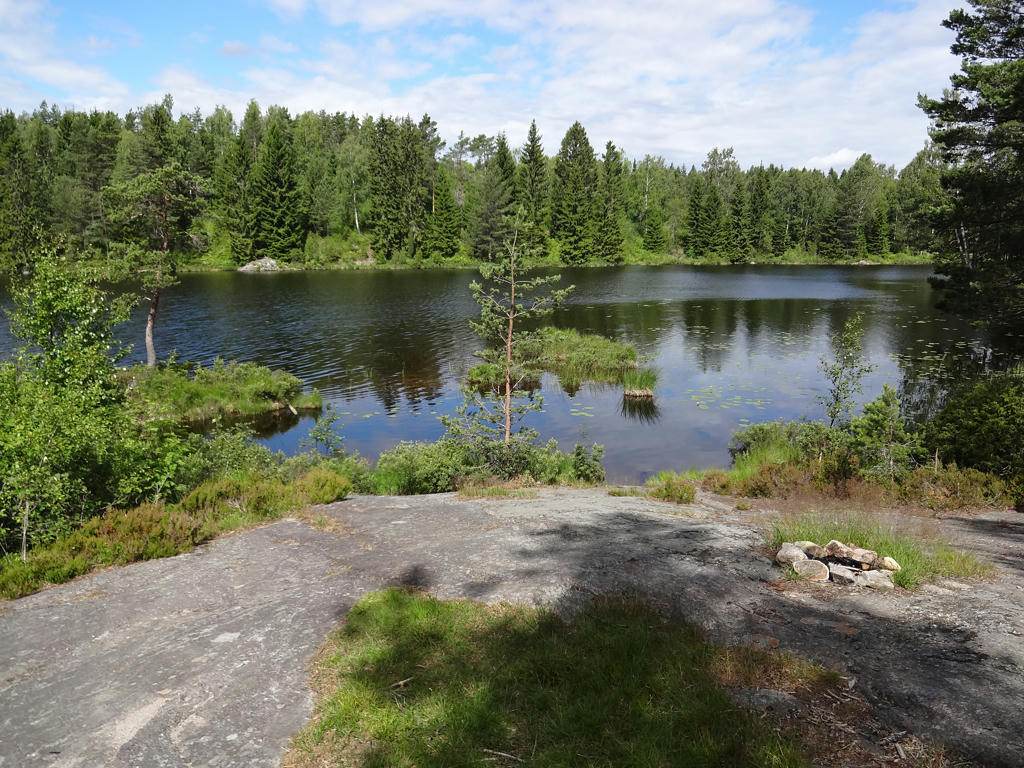
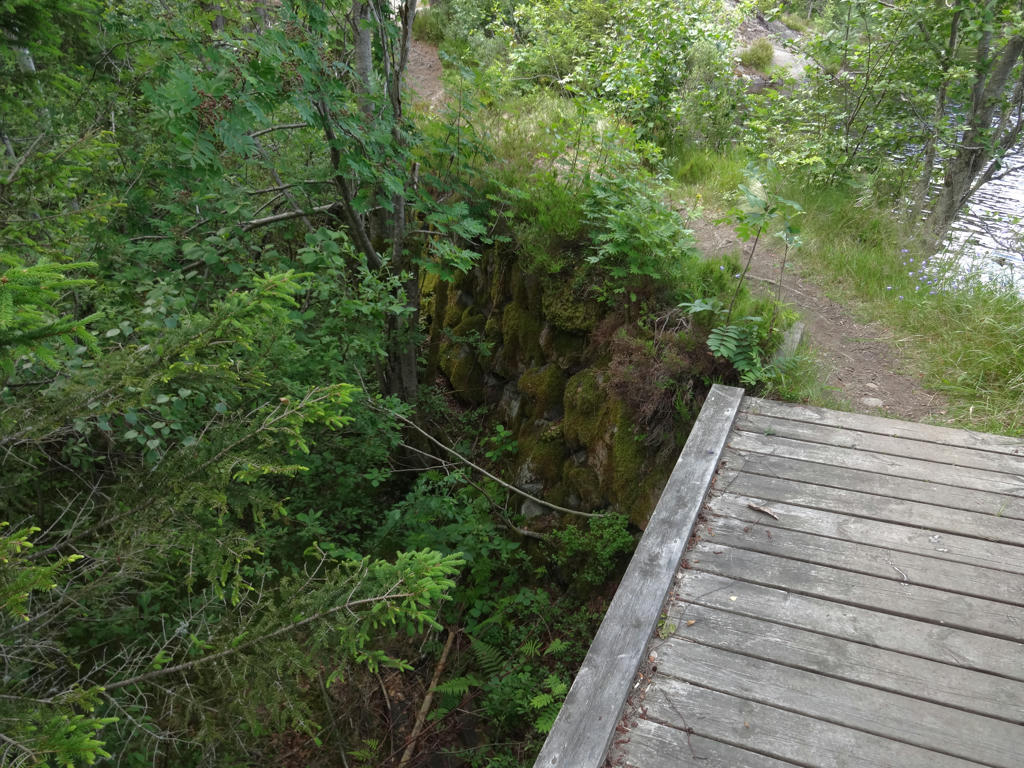
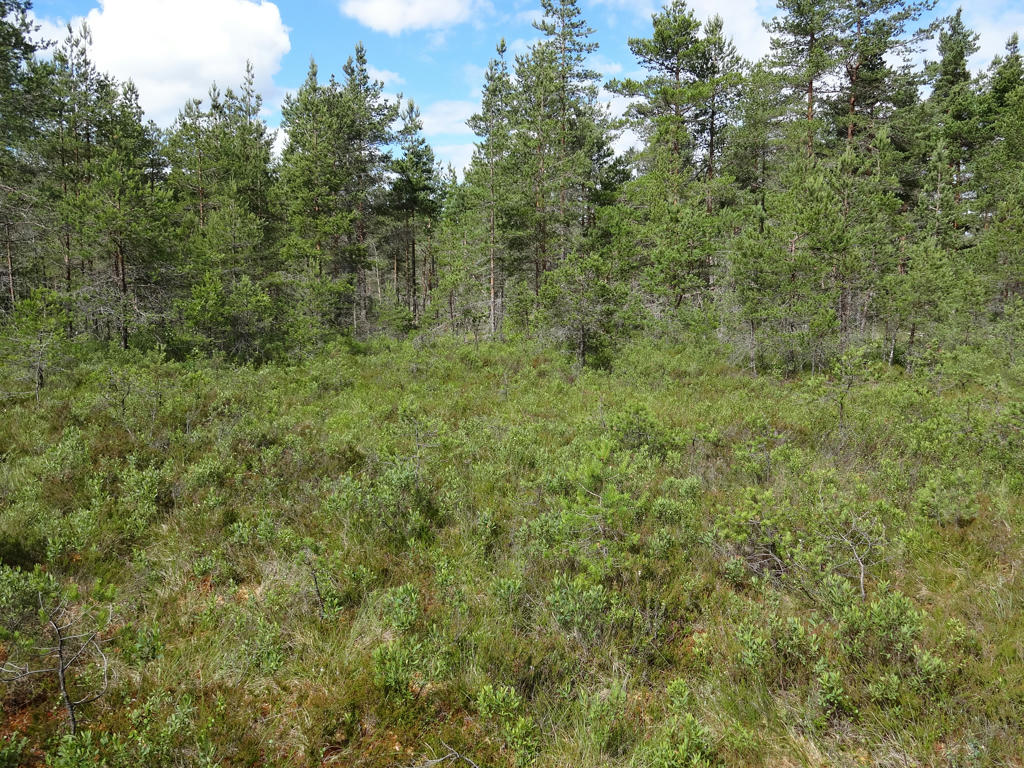
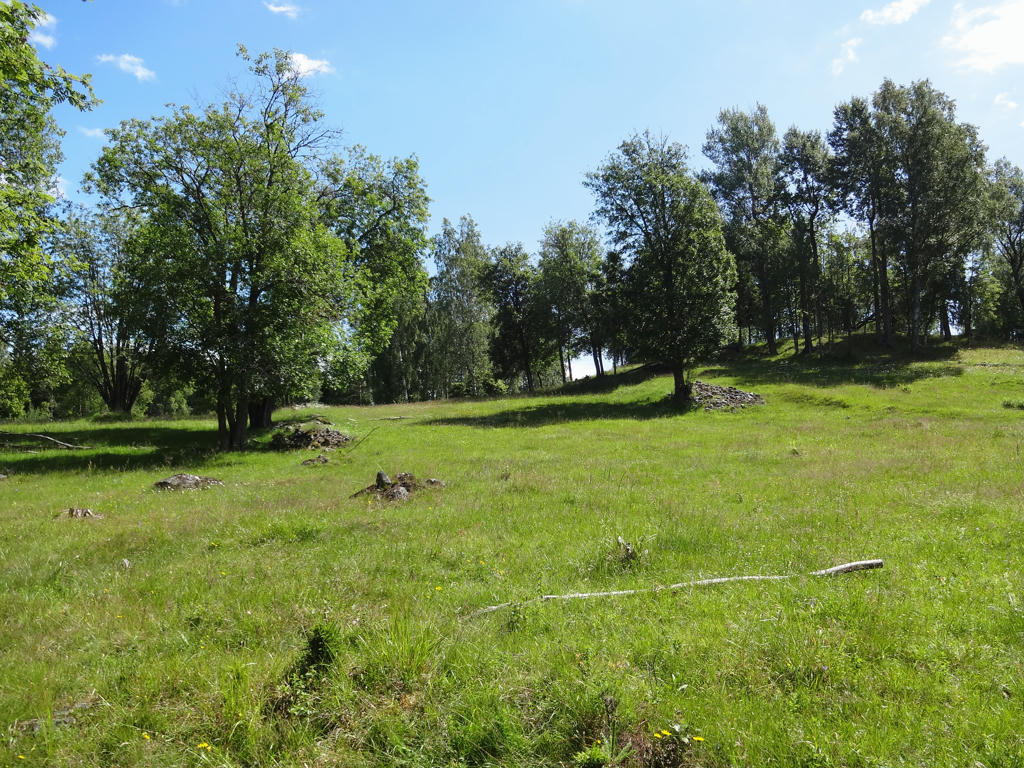
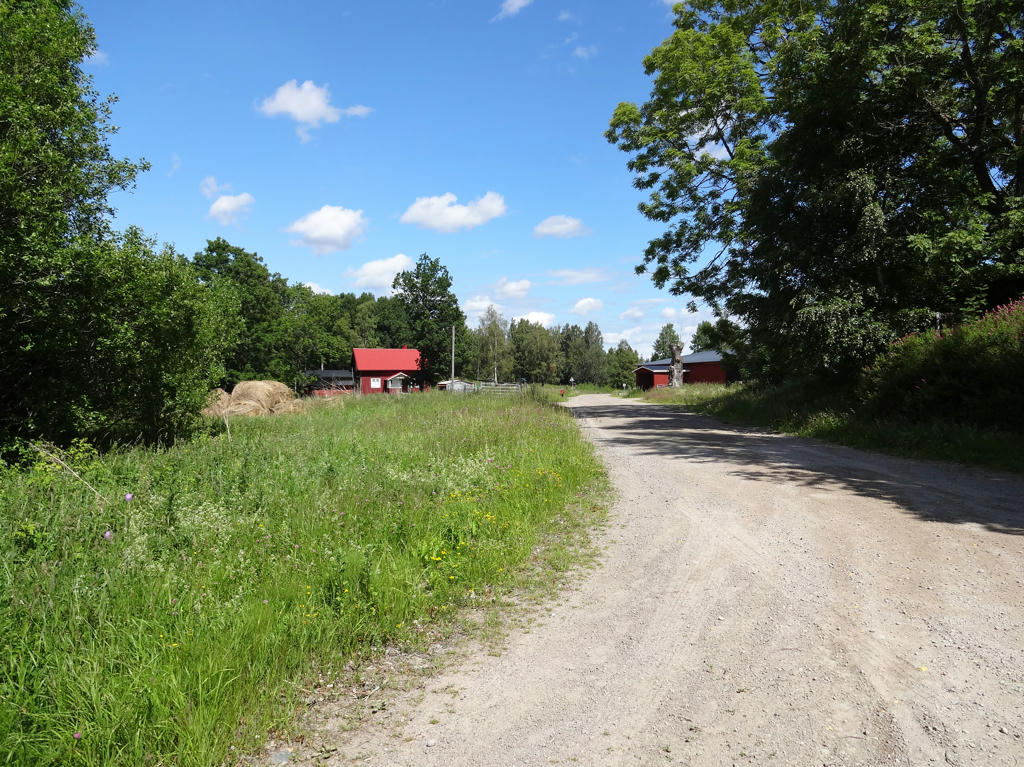
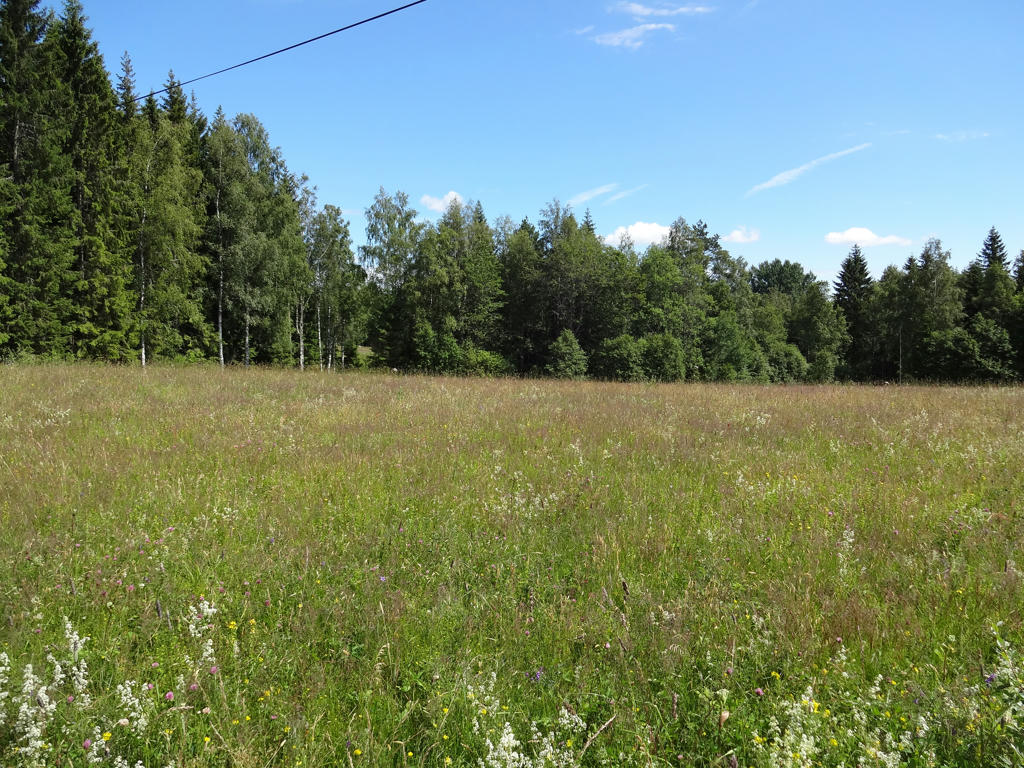
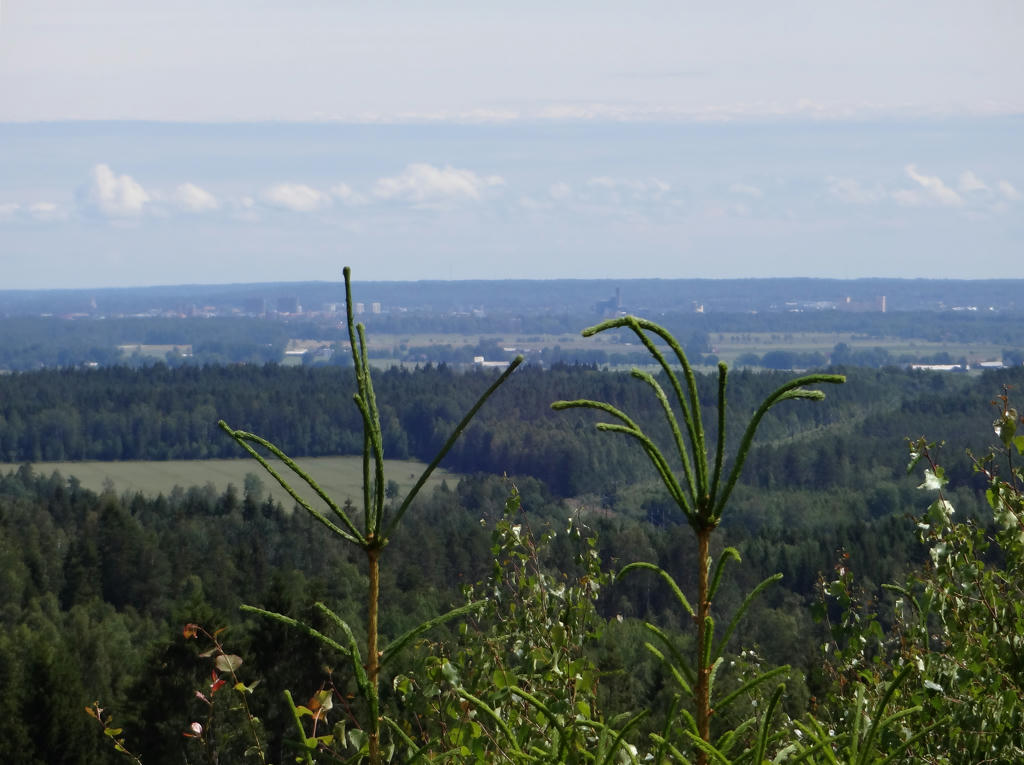
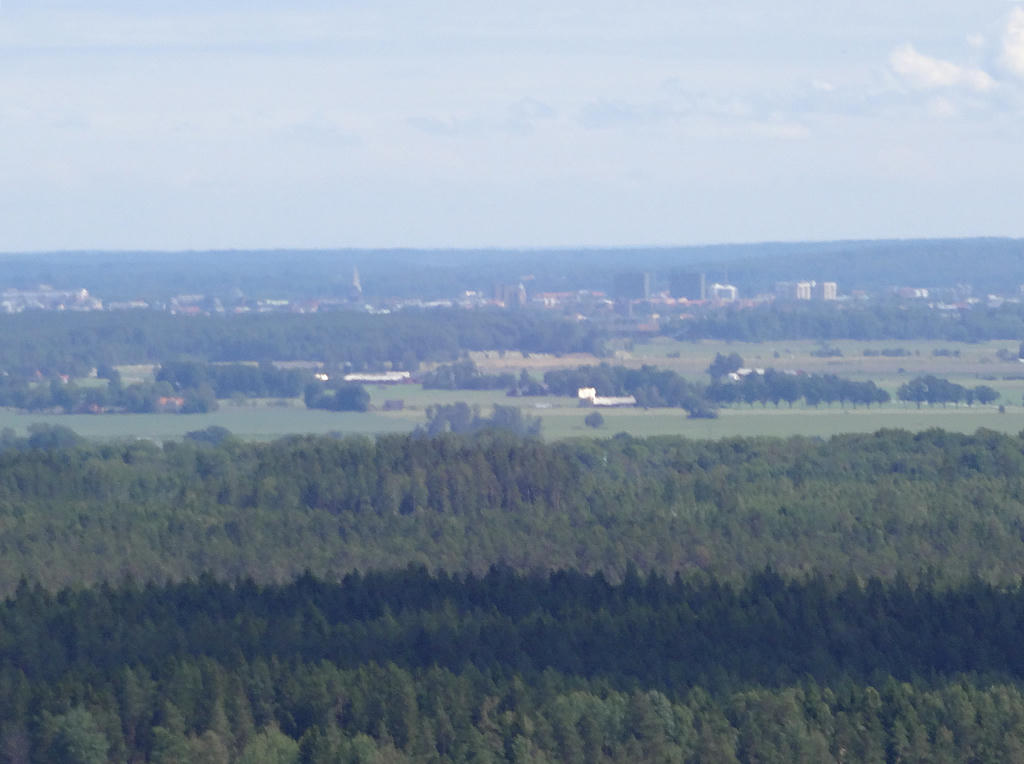
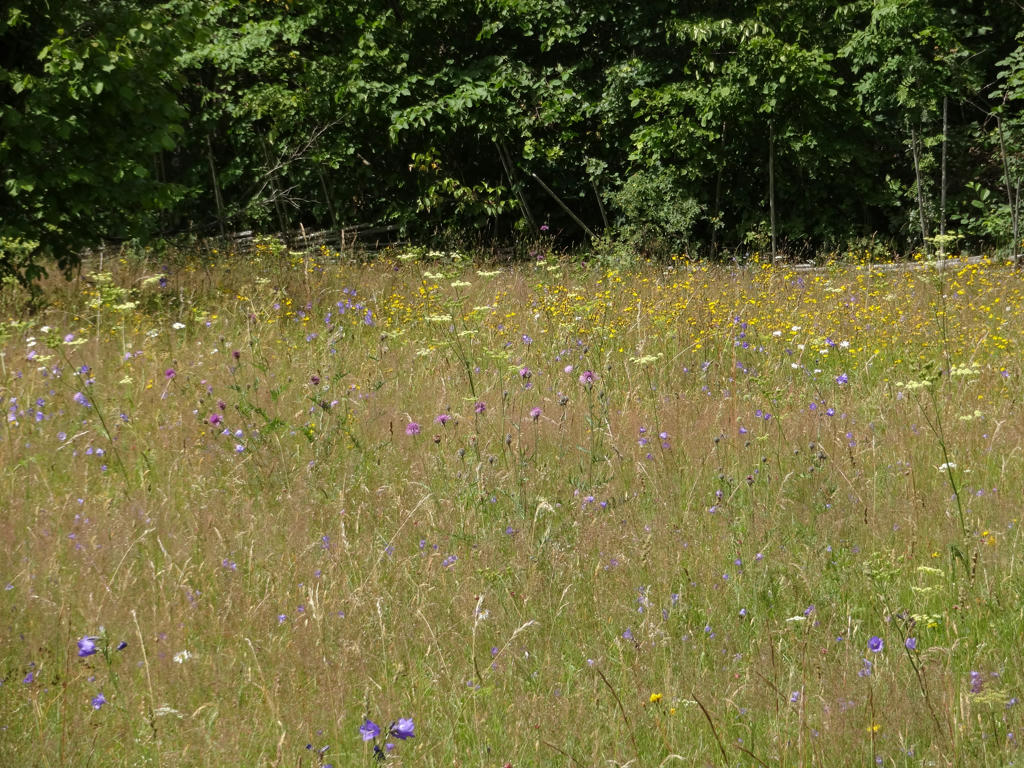
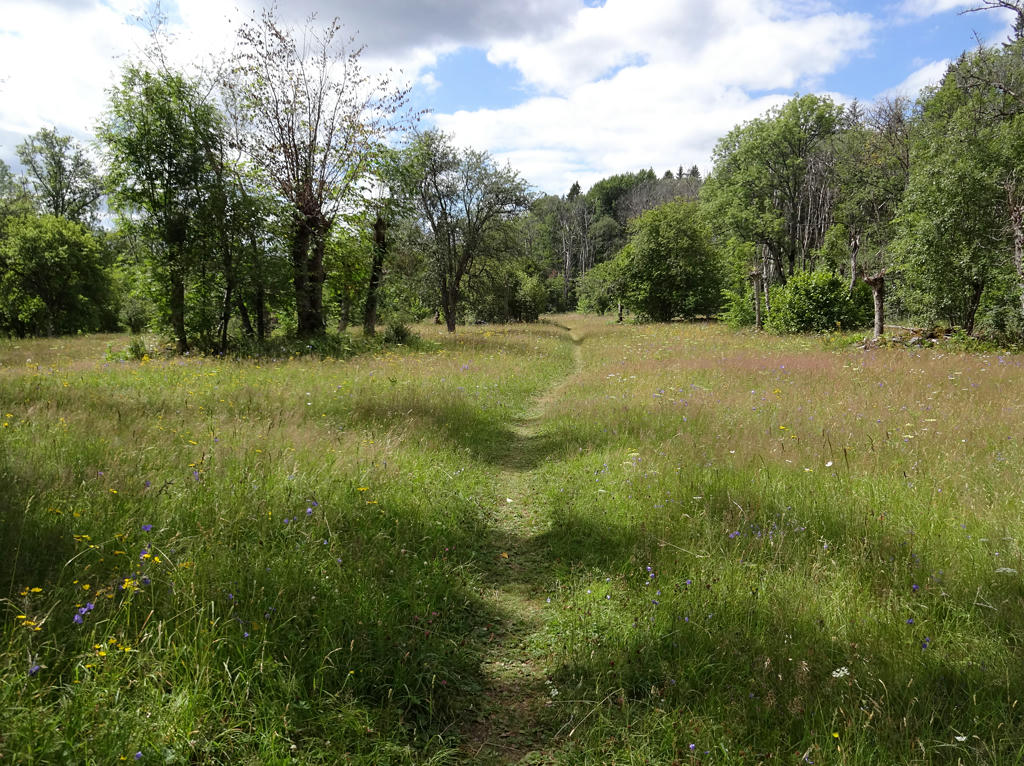
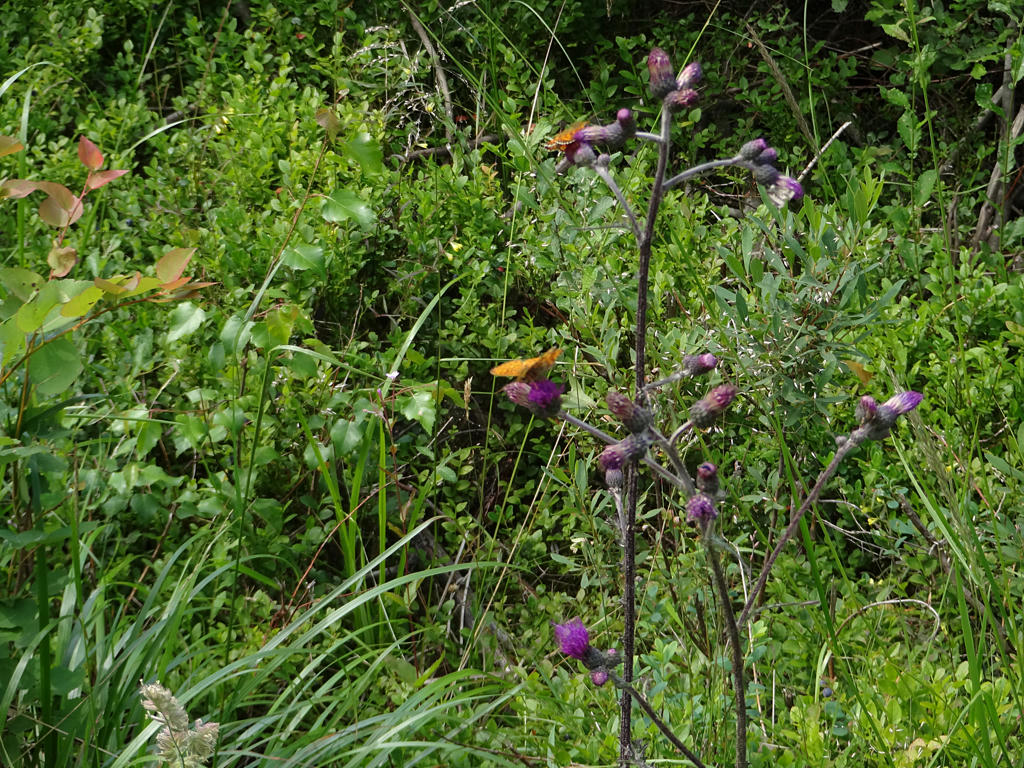
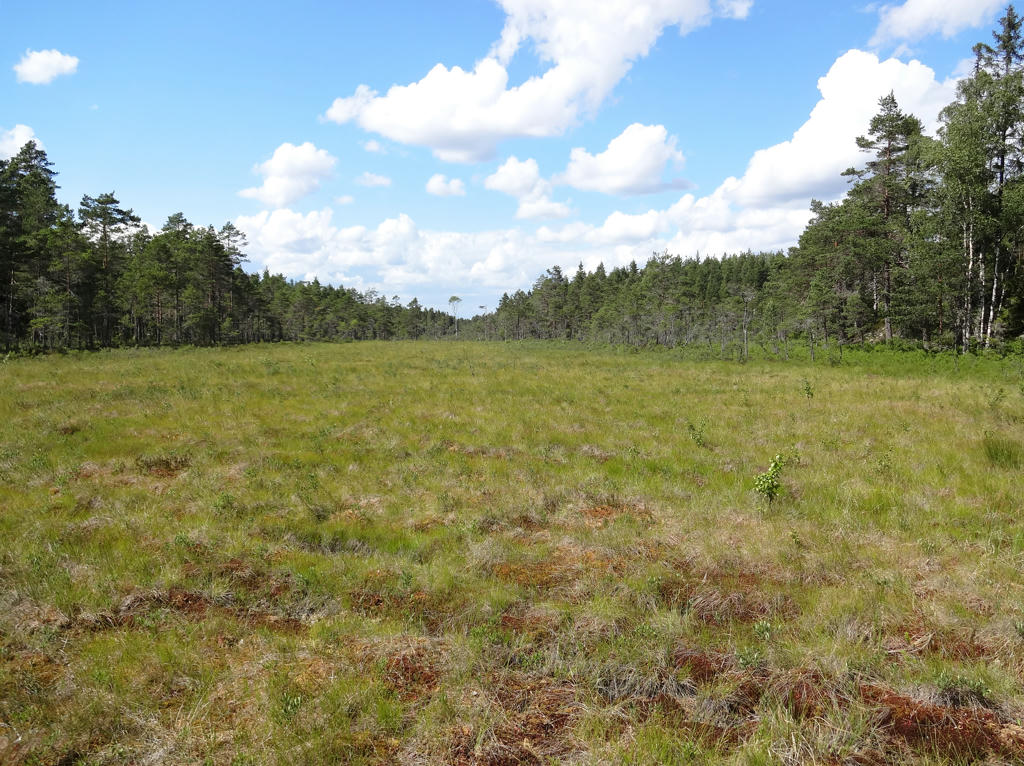
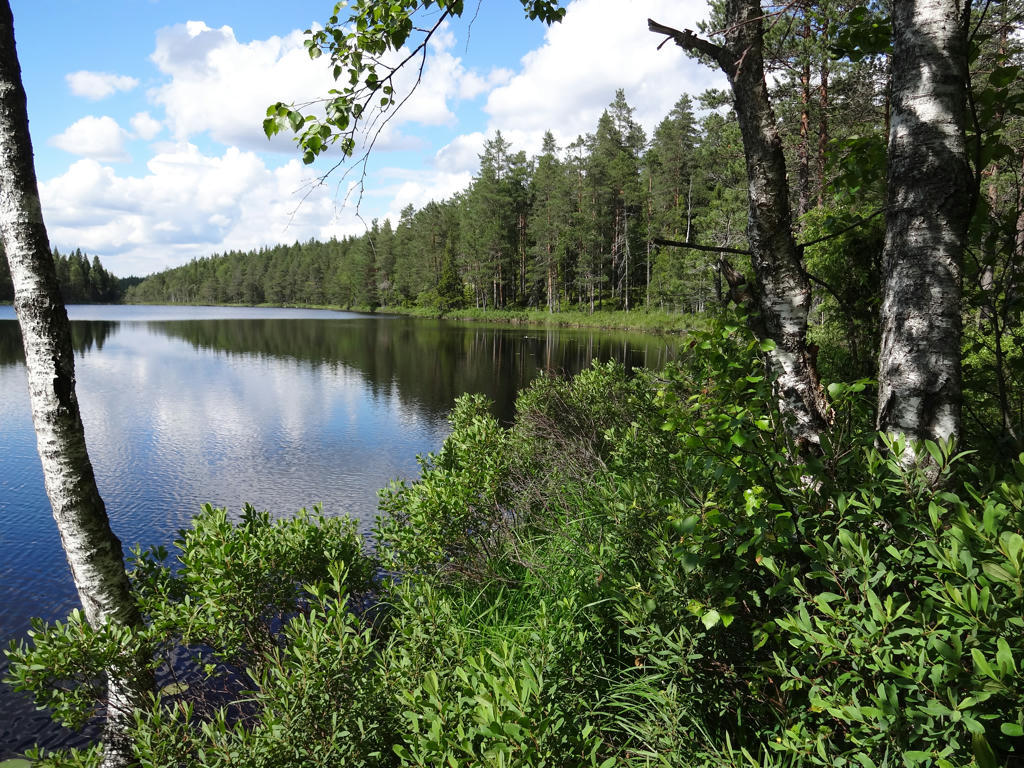
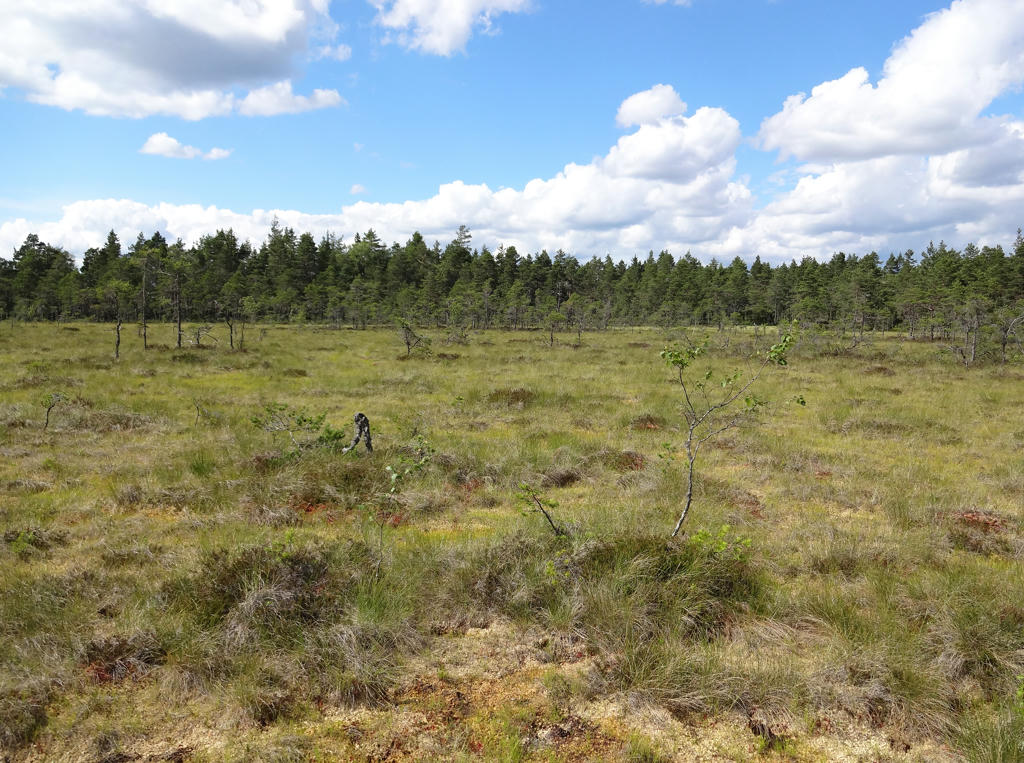
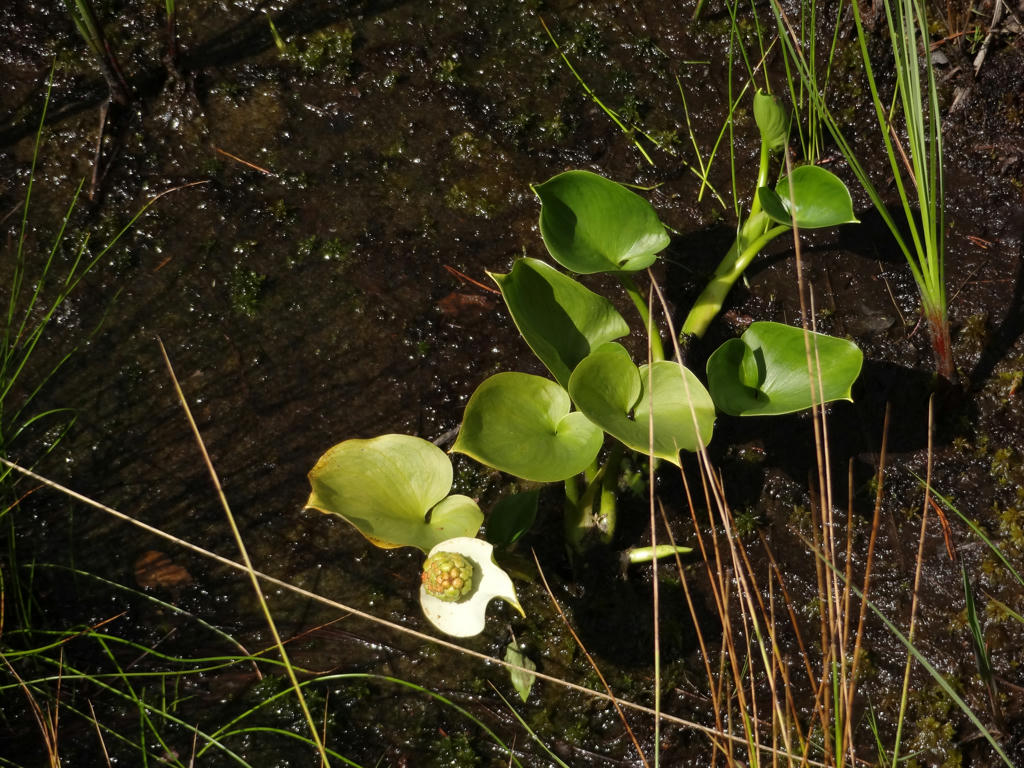
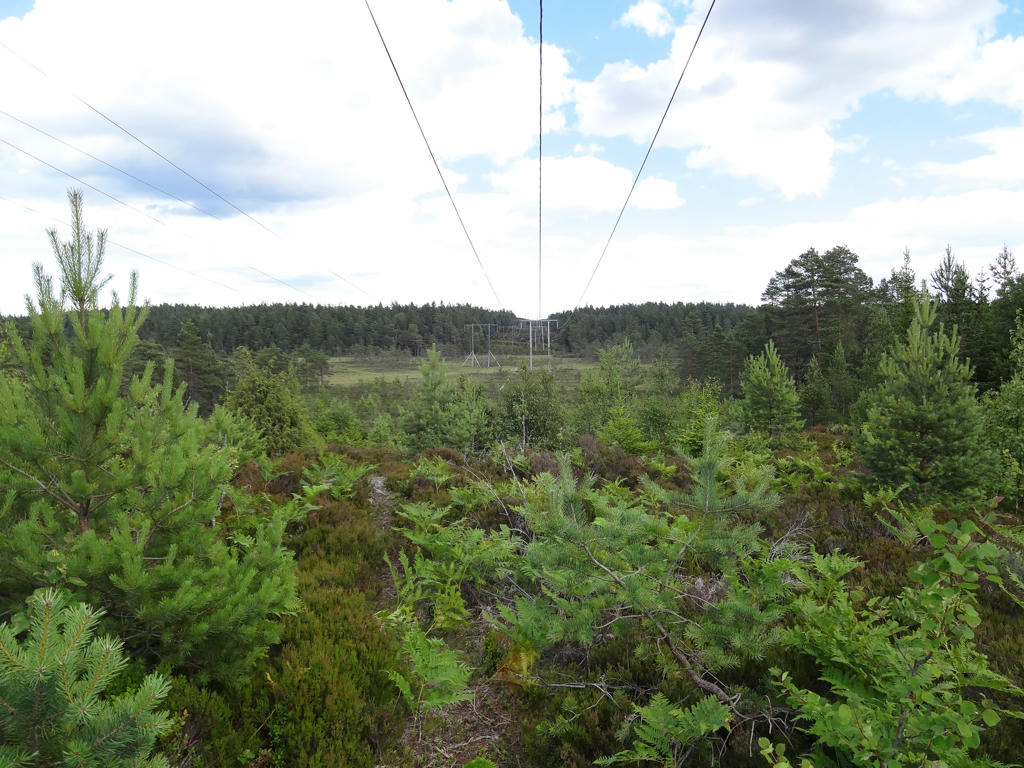
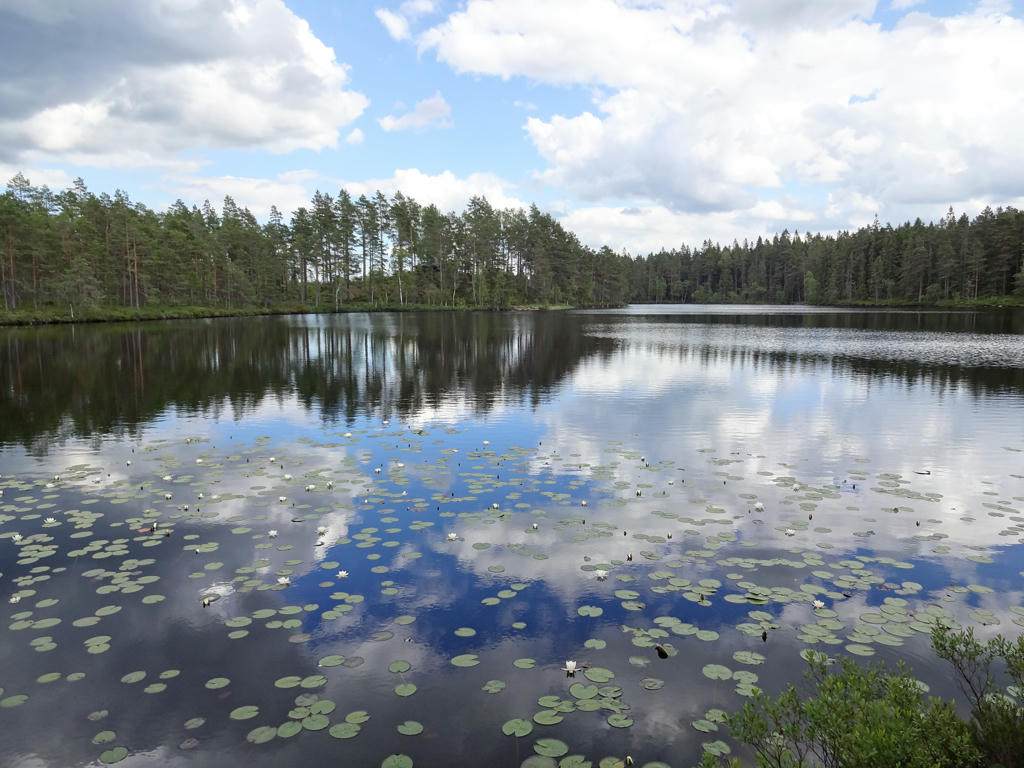
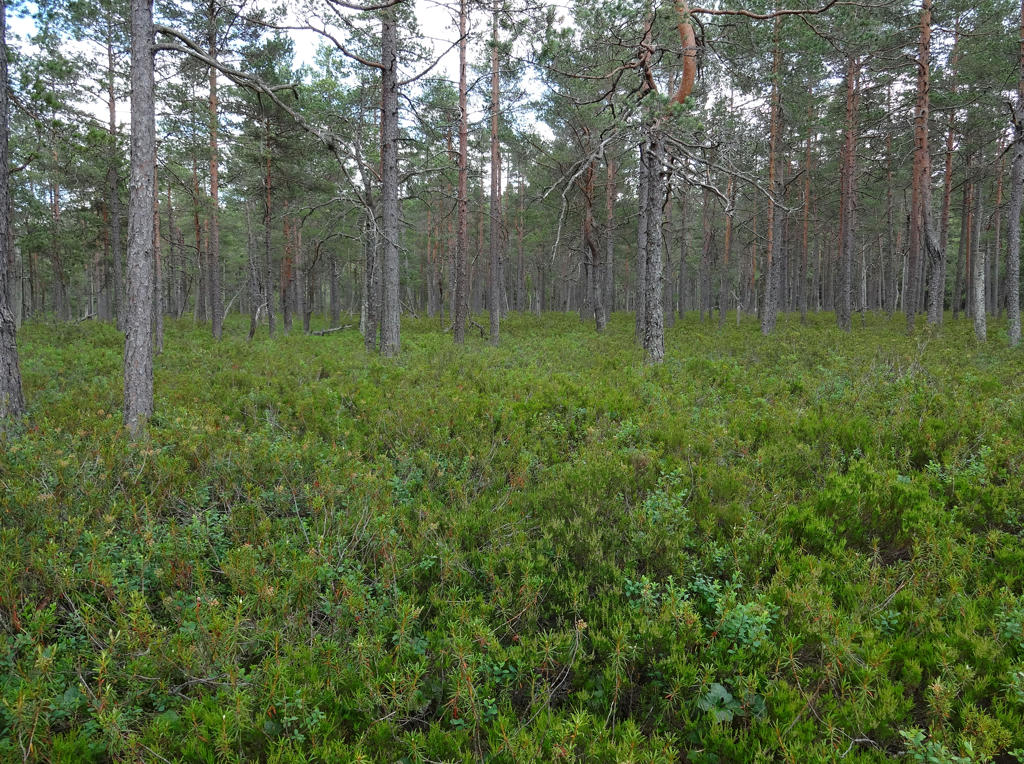
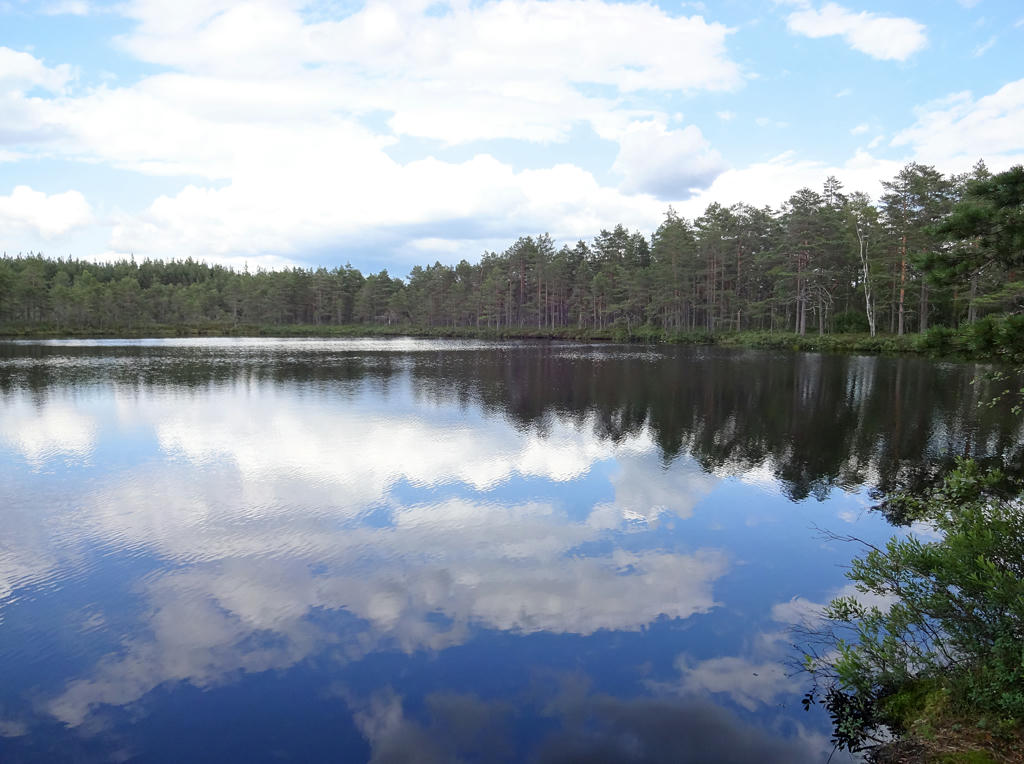
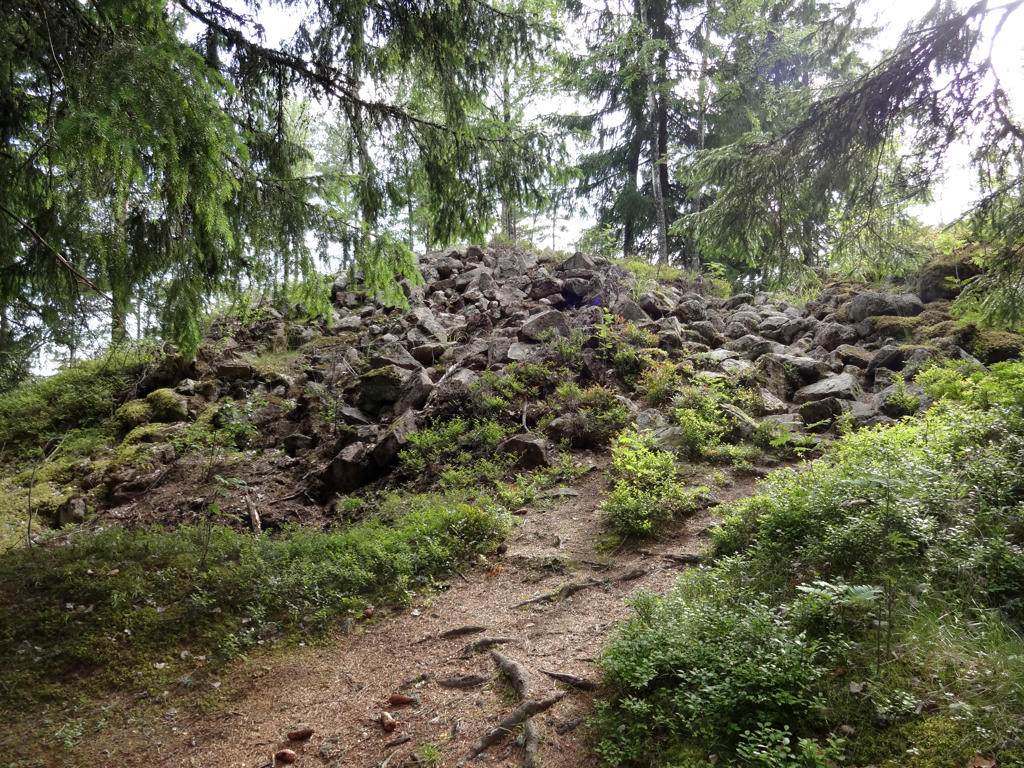
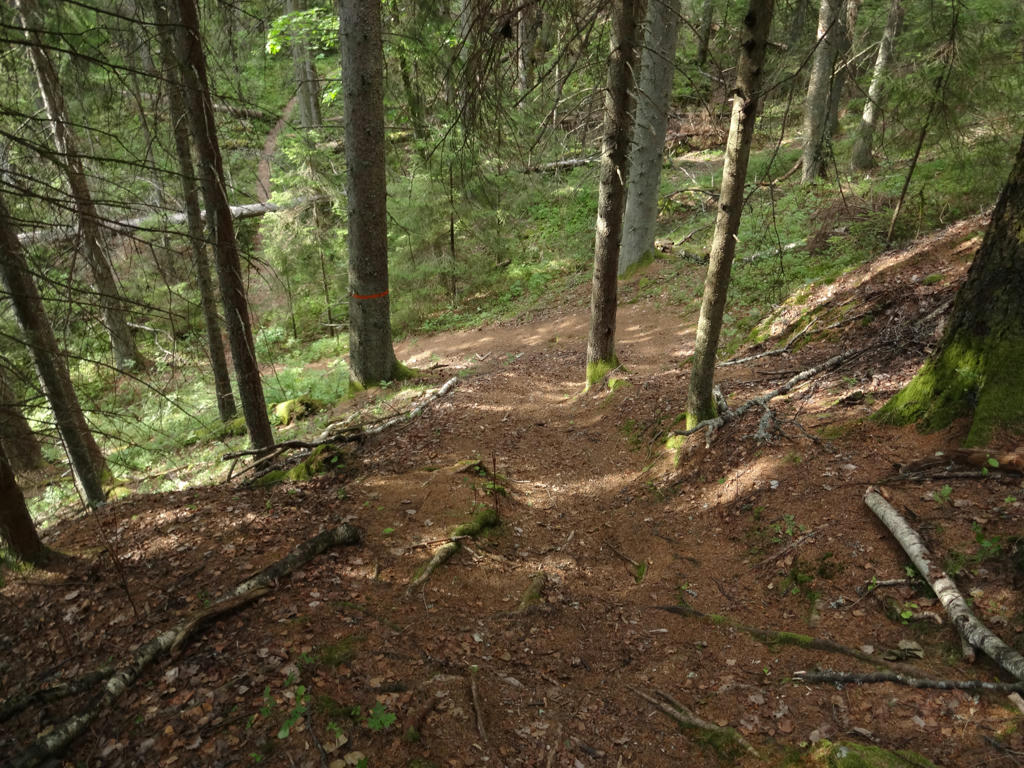
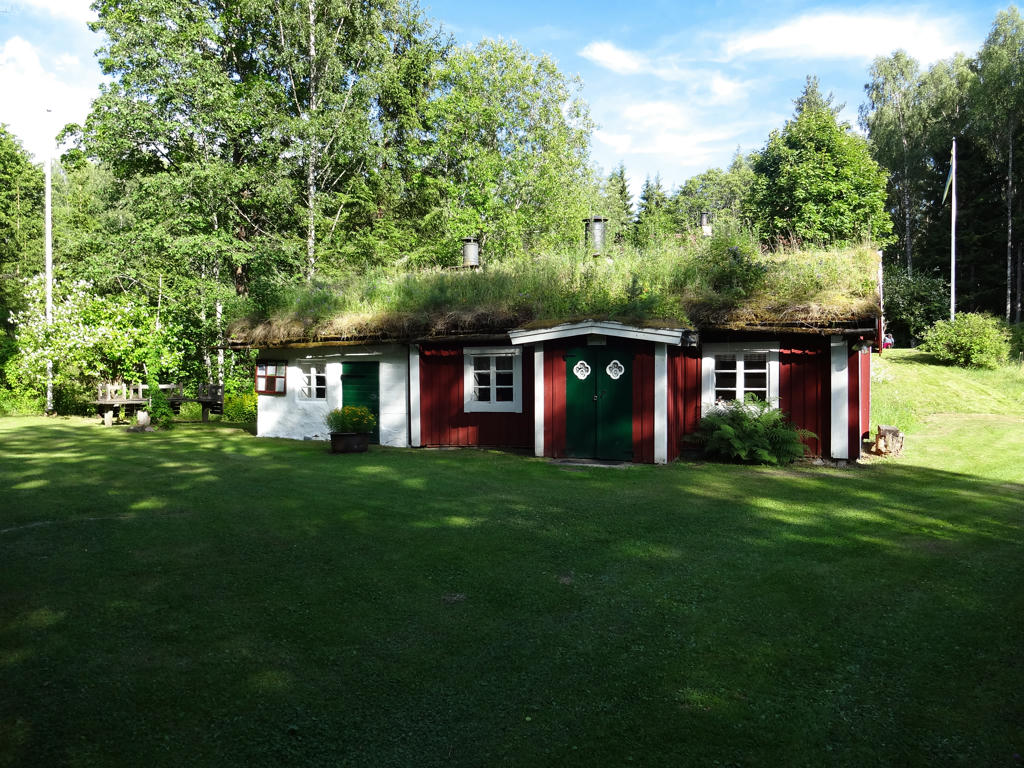
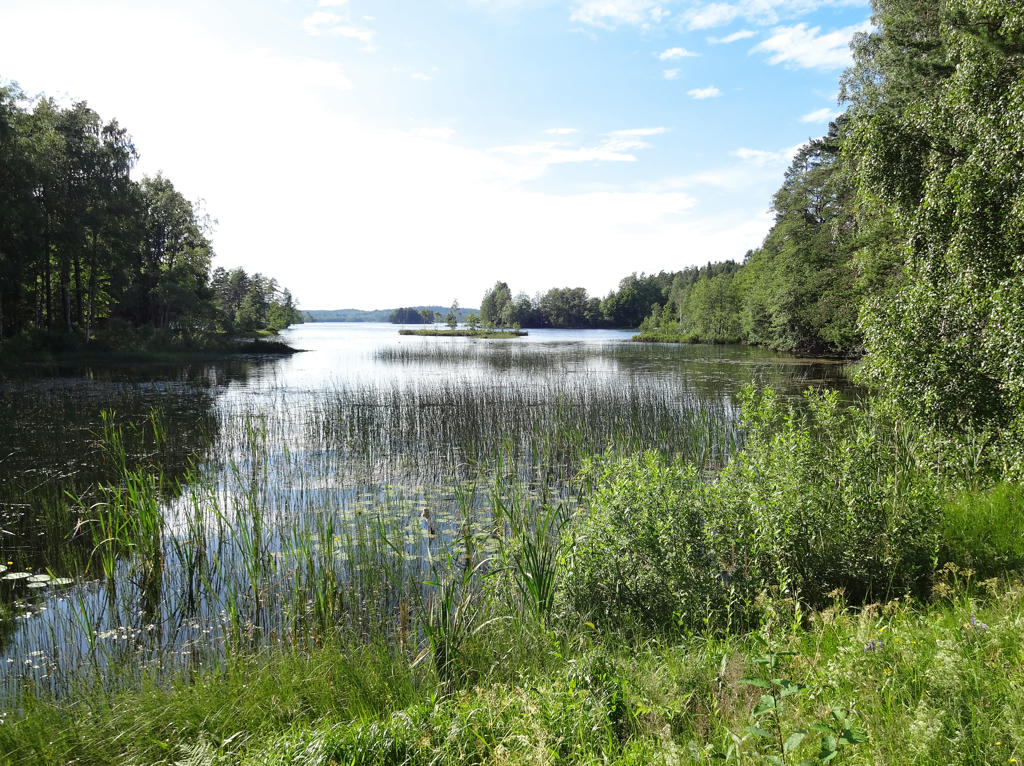
Inga kommentarer:
Skicka en kommentar